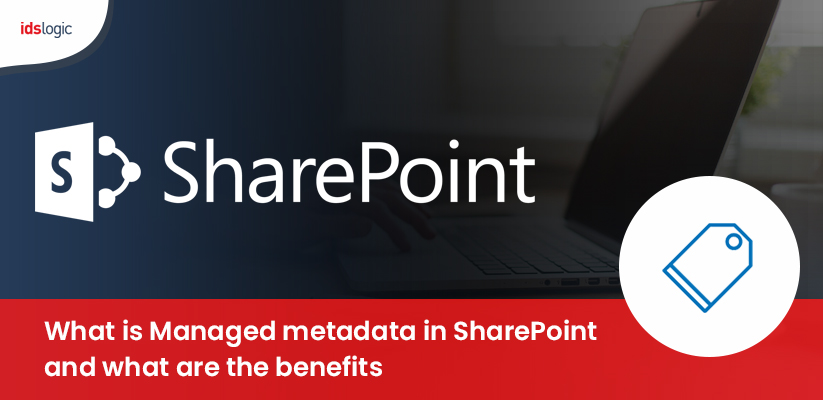
What is Managed Metadata in SharePoint and What are the Benefits
Being an active SharePoint intranet developer, I have handled various clients and have gathered complex knowledge about the various elements and concepts of SharePoint. There is no doubt that SharePoint is a great collaboration tool and helps organizations to manage their important documents and share it with remote colleagues easily while maintaining security.
SharePoint metadata is a term that is significant and useful at the same time and there are various tasks or processes, which includes managing, retrieving, using the information from a resource.
Metadata in SharePoint Intranet Development and its Benefits:
An organization having lots of content needs proper management and metadata plays a crucial role in effectively categorizing and organizing the content. It helps you to easily find the information that is needed and also allows you to filter, sort and group your content making the management much easier.
So how can you use it? There are basically two options, you can either create the custom columns in specific lists and offer the metadata locally or define the managed metadata globally.
Understanding Managed Metadata:
Managed metadata is information about information, which is actually a collection of centrally managed terms that the users can define when they use it as attributes for the items in SharePoint.
When you use SharePoint products, you can manage the metadata centrally and can prepare a complete list of the keywords that are suitable for the organization and can place them centrally in the Central Administration or Site Collection based on your performance.
The metadata in SharePoint development can be organized easily in a way that helps business use it effectively for list items or documents or libraries to make it easier and to quickly retrieve the documents whenever you want them.
Metadatas are Classified into Two Categories and They are:
Taxonomy and Folksonomy:
Taxonomy is predefined as a formal classification and the admin can create groups, term sets and term labels as per the company’s taxonomy structure and the users can use them to easily tag their data in any site collection.
Also Read: How to Adopt a Remote Work for Long Using SharePoint
Folksonomy is an informal classification of the metadata and this is created by the website users whenever they want it and use it in a site collection. The terms created are available only in that site collection.
Benefits of Using Managed Metadata in SharePoint Intranet:
Flexibility:
The Term store administer can easily access all the term sets and terms at any time and they can create some new terms also based on the business metadata or update the existing terms that will automatically reflect on the tenant wherever that updated term or term set is used. If you have a multilingual website, then you can specify the multilingual labels for the individual terms.
Great Site Navigation:
Managed metadata is used for the website navigation, lists and libraries navigation. It is by using the metadata navigation that we can filter the lists and libraries easily. Without metadata, the information in the organization will be highly unstructured and adding them will help you search, organize and gather insights from the data.
Also Read: How to Create an Effective Content Strategy for SharePoint Intranet Portal
With this feature, users can easily view the information dynamically and this is done based on specific metadata fields. Managed metadata makes it easier to adapt and maintain the metadata along with the business evolution.